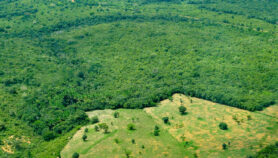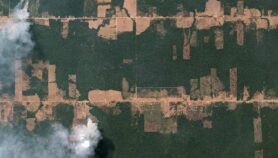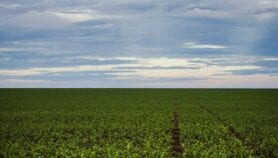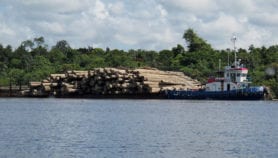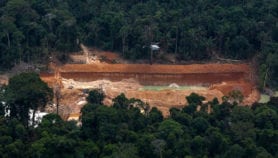By: Wagdy Sawahel
Send to a friend
The details you provide on this page will not be used to send unsolicited email, and will not be sold to a 3rd party. See privacy policy.
Increasing levels of carbon dioxide in the atmosphere may turn soil from a potential carbon sink into a carbon source by stimulating microbial communities to release, not store, carbon dioxide, according to a study.
Research published online in Proceedings of the National Academy of Sciences this week (13 March) suggests that altering microbial activity could help stabilise atmospheric carbon dioxide levels and help slow global warming.
Previous studies have shown that higher carbon dioxide levels increase plant growth ― and therefore the sequestration of carbon dioxide by plants ― with soil serving as a sink for excess carbon (see Old-growth forests ‘are key carbon sinks’).
But a new study reports that, despite increased plant growth, doubling carbon dioxide levels in an ecosystem actually caused a reduction in carbon storage in the soil.
Lead researcher Patrick Megonigal from the US-based Smithsonian Environmental Research Center said, "We thought that higher plant growth at elevated carbon dioxide levels would add more carbon to soils or at least leave it the same."
"We now need to consider a third possibility — that the carbon already in soils will end up back in the atmosphere as a greenhouse gas."
The researchers say elevated carbon dioxide levels increased microbial activity in the soil, leading to decomposition of organic matter and the release of carbon dioxide.
Soils exposed to the elevated carbon dioxide were found to contain more fungi and higher levels of activity of a carbon-degrading enzyme.
The study compared samples in a Florida scrub oak ecosystem over a six-year period. Researchers found that the carbon dioxide loss from soils negated about 52 per cent of the additional carbon that had been sequestered by the trees.
"Because the loss of soil carbon was due to the actions of soil microorganisms, our work highlights the importance of understanding these tiny creatures and their responses to rising carbon dioxide and global climate change," Megonigal told SciDev.Net.
He plans to further investigate the changes in microbial activity and the extent to which this happens in other forests.







